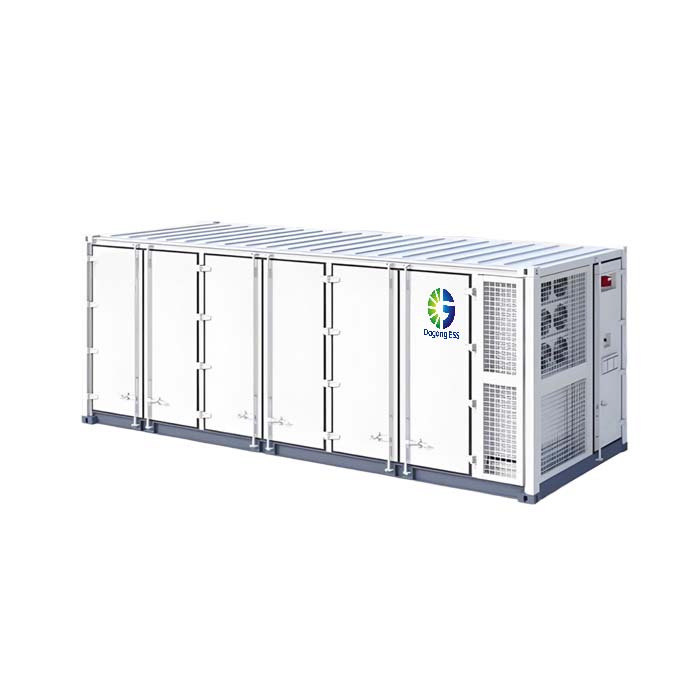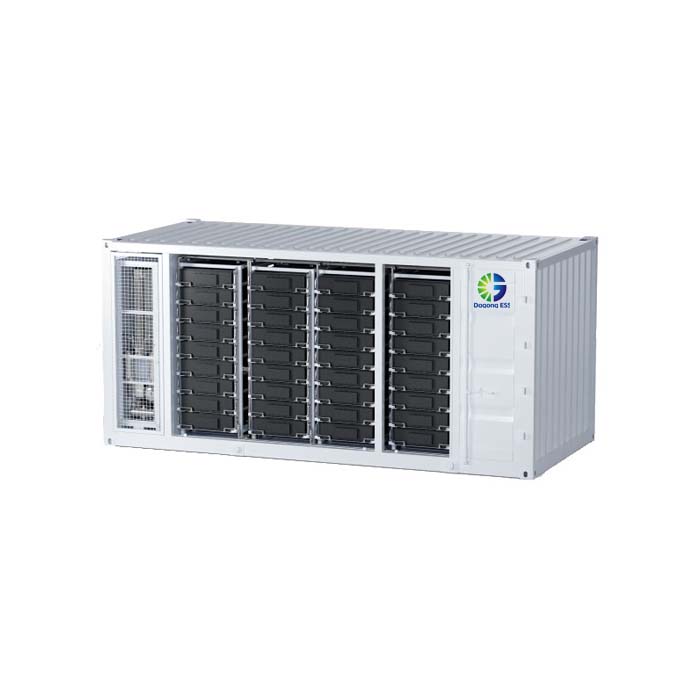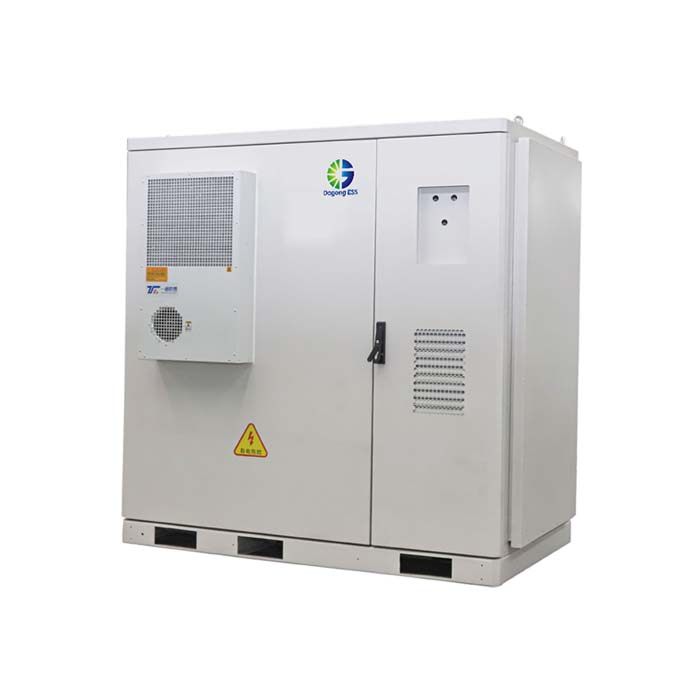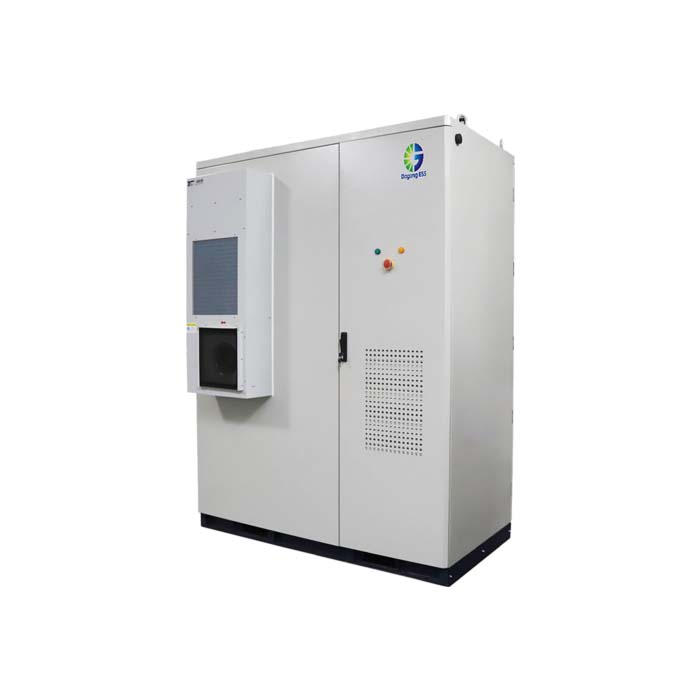Active vs Passive Battery Balancing in Energy Storage
What is Battery Balancing in Energy Storage?
Battery balancing is a crucial process in energy storage systems (ESS) that ensures uniform voltage or state of charge (SOC) across individual battery cells or modules within a battery pack. Without proper balancing, cells may become overcharged or over-discharged, leading to reduced performance, shortened lifespan, or even safety risks. Battery balancing techniques are generally classified into two categories: active and passive.
Types of Battery Balancing: Active vs Passive
Passive Balancing:
This method dissipates excess energy from higher-charged cells as heat through resistors, aligning cell voltages by "bleeding" surplus charge. It is simple, cost-effective, and commonly used in low-cost ESS or less critical applications.Active Balancing:
Active balancing transfers excess charge from higher-charged cells to lower-charged ones using capacitors, inductors, or converters. This dynamic redistribution helps maintain optimal SOC across all cells with minimal energy loss, suitable for high-performance or long-duration energy storage systems.
Features of Active and Passive Balancing Systems
Passive Balancing Features:
Lower cost and circuit complexity
Energy waste in the form of heat
Easier to implement in compact ESS designs
Often integrated in BMS of small-scale applications
Active Balancing Features:
Higher energy efficiency due to charge transfer
Better cell health and prolonged battery lifespan
More complex and expensive circuits
Ideal for large-scale or high-demand ESS deployments
Applications of Active vs Passive Balancing
Passive Balancing:
Residential ESS (5–30kWh)
Consumer electronics
Backup power systems with low cycling requirements
Active Balancing:
Commercial & industrial ESS (100–215kWh and above)
Electric vehicles and renewable energy storage
Containerized and utility-scale storage systems
Applications requiring frequent charge/discharge cycles
Price of Battery Balancing Systems
The cost difference between active and passive balancing systems can be significant. Passive balancing is generally more economical due to its simple architecture. In contrast, active balancing requires sophisticated components and control algorithms, raising the initial investment.
Pricing is typically quoted based on international trade terms such as EXW, FOB, or CIF. For an accurate quotation tailored to your energy storage project, it is recommended to consult the supplier directly.
How to Select Battery Balancing for Your Project?
Evaluate your system’s voltage range, cycling frequency, and temperature sensitivity.
For cost-sensitive or compact systems with fewer cycles, passive balancing is sufficient.
For large-scale, high-performance, or long-life systems, active balancing offers better ROI.
Consider the integration of balancing circuits with your BMS and compatibility with lithium iron phosphate (LFP) cells.
How Long Does Battery Balancing Last?
Balancing systems themselves typically last as long as the battery management system (BMS), which is usually designed to match the life cycle of the battery—ranging from 5 to 15 years depending on the application. Active balancing systems may extend battery service life by 10–20% due to better charge distribution and cell protection.
The Supplier of Battery Balancing Systems
Dagong ESS is a trusted manufacturer of lithium iron phosphate energy storage systems, offering advanced battery management solutions with both active and passive balancing technologies. Our product range includes:
Residential ESS (5–80kWh)
Integrated ESS + EV Charging Stations
Air-Cooled and Liquid-Cooled Systems
Dagong ESS provides customized solutions to meet diverse project demands worldwide.
📧 Contact: sales@dagongess.com | 🌐 Visit: www.dagongess.com








